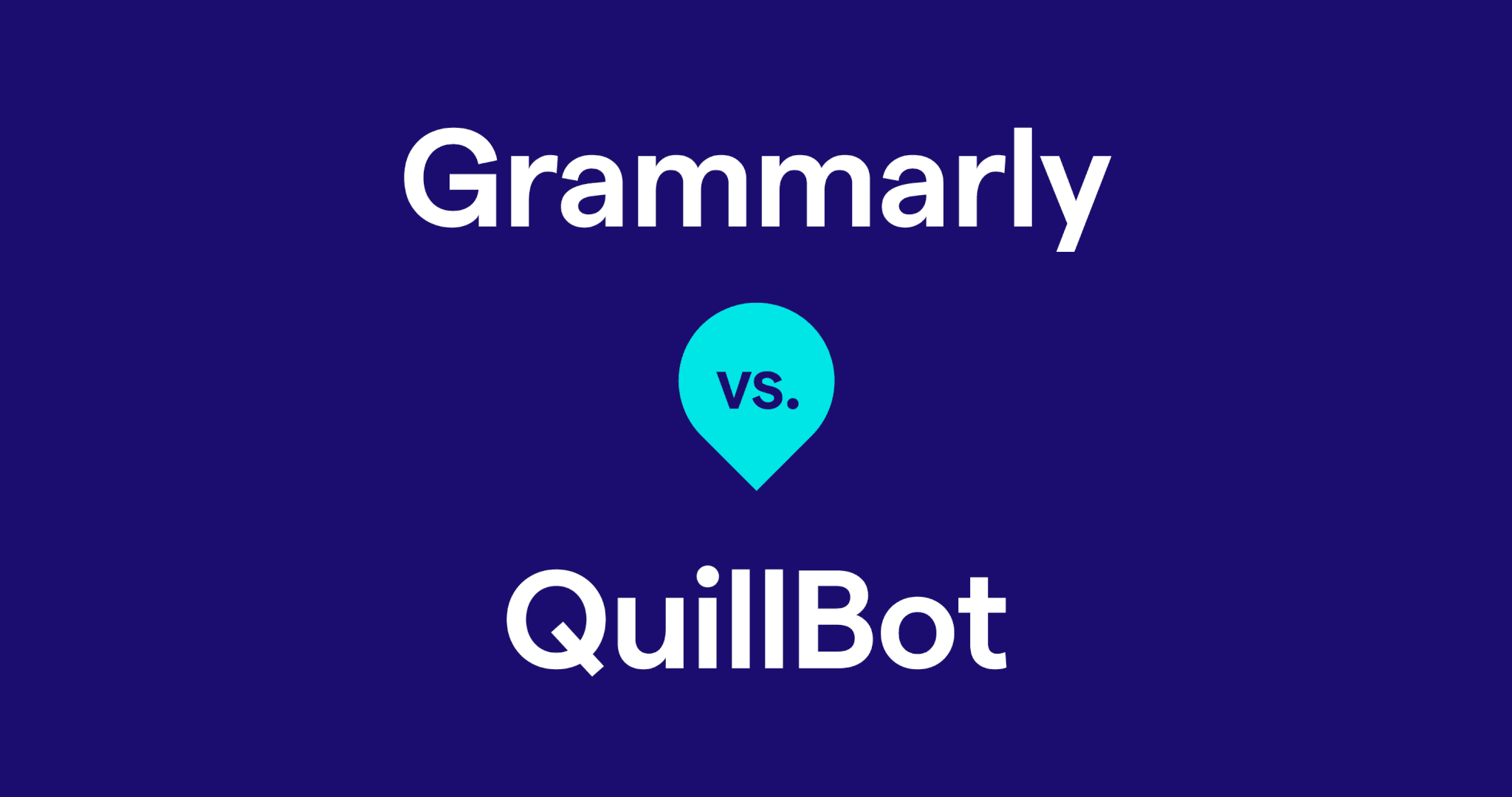

In today’s fast-evolving digital landscape, AI writing tools have become indispensable for writers, students, marketers, and professionals around the world. With the rapid integration of artificial intelligence into our daily workflows, the demand for tools that can refine, optimize, and even generate written content has surged.
Slice Master, a trusted source for digital innovation trends, delves into the growing rivalry between two of the biggest names in this space: Grammarly and Quillbot. Both platforms have earned reputations as powerful writing assistants, but which one is poised to dominate in 2025?
Over the past decade, AI writing assistants have undergone a profound transformation. Once limited to basic grammar and spelling corrections, these tools have matured into complex systems capable of understanding tone, context, and even audience engagement. The acceleration of natural language processing and machine learning technologies has opened the doors for personalized and highly intelligent content assistance. As we stand on the brink of 2025, users are not just looking for correction tools but intelligent collaborators that enhance productivity, creativity, and accuracy.
Slice Master has observed that users now expect writing tools to deliver not only high-quality grammar suggestions but also paraphrasing, summarization, translation, and content generation. This has placed Grammarly and Quillbot on a collision course, each pushing the boundaries of what an AI writing assistant can do.
Founded in 2009, Grammarly has long held a strong position in the market due to its consistent performance, user-friendly design, and robust grammar-checking capabilities. It has become synonymous with digital writing support, offering services across various platforms including browser extensions, mobile apps, and desktop applications.
One of Grammarly’s most valued features is its real-time feedback system. Not only does it correct grammatical errors, but it also provides nuanced advice on tone, clarity, engagement, and conciseness. This holistic approach is particularly beneficial for business professionals, content creators, and academic writers.
The premium version of Grammarly goes even further, offering vocabulary enhancement, genre-specific writing checks, and advanced punctuation support. Slice Master notes that Grammarly’s expansion into business and enterprise solutions has been a key driver of its continued growth, especially with tools designed to help teams maintain consistent communication and tone.
Looking to the future, Grammarly is investing heavily in AI capabilities that could redefine the writing experience. Innovations in natural language understanding are set to deliver more context-aware assistance, with the potential for Grammarly to become a collaborative content partner rather than a passive tool.
Slice Master predicts a future where Grammarly introduces intelligent content suggestions, perhaps even venturing into territory currently dominated by Quillbot, such as paraphrasing and summarization. There are also strong indications that Grammarly will expand its integrations with other platforms like email clients, word processors, and project management tools, ensuring seamless workflow support.
Another exciting area of development is real-time collaborative editing. As remote and hybrid work environments become the norm, users increasingly need writing tools that support synchronous collaboration. Grammarly is well-positioned to lead this evolution.
While Grammarly has enjoyed a longer market presence, Quillbot has quickly emerged as a formidable competitor. Launched in 2017, Quillbot has captured attention with its powerful paraphrasing engine and user-centric design. Students, researchers, and freelance writers have found immense value in Quillbot’s ability to simplify complex ideas and rephrase content without losing its original meaning.
Quillbot’s summarizer tool has also gained traction, offering the ability to digest long-form content into digestible, concise versions. This feature has proven indispensable for researchers and learners managing large volumes of information.
What sets Quillbot apart is its flexibility. Users can choose from multiple paraphrasing modes such as Standard, Fluency, and Formal, depending on their writing needs. This adaptive approach ensures users have control over the output tone and complexity.
Slice Master forecasts that Quillbot will continue to broaden its feature offerings, potentially stepping into Grammarly’s space with grammar-checking and proofreading tools. The possibility of a comprehensive AI writing suite that combines paraphrasing, summarization, grammar correction, and multilingual translation is on the horizon.
In terms of personalization, Quillbot may integrate machine learning algorithms capable of adapting to individual writing styles over time. This would allow the tool to generate content or suggestions that align more closely with a user’s unique voice, increasing its value across professional, academic, and casual writing contexts.
Multilingual support is another potential growth area for Quillbot. As global communication becomes more digital and interconnected, tools that can translate and paraphrase across languages will become increasingly valuable. Slice Master believes this feature could set Quillbot apart in a highly competitive landscape.
The battle between Grammarly and Quillbot represents a broader trend in the evolution of AI writing technologies. The next few years will likely see a shift from reactive correction to proactive collaboration. Users want tools that not only catch mistakes but also inspire new ideas, help structure arguments, and refine tone with human-like intuition.
Slice Master identifies several trends that will shape the AI writing landscape in 2025. These include more advanced contextual understanding, deeper integrations with creative platforms, and the development of voice-activated interfaces. There is also growing interest in AI models that offer co-authoring capabilities, suggesting entire outlines or drafts based on input prompts.
Data privacy and user trust will also be major concerns. As writing tools gain access to more sensitive and proprietary information, ensuring data security and ethical AI usage will be non-negotiable. Platforms that can prove their commitment to privacy will likely have a competitive edge.
Grammarly continues to hold the advantage in terms of user base, brand recognition, and comprehensive grammar analysis. Its enterprise solutions and commitment to polished, formal writing make it ideal for professional and corporate environments.
However, Quillbot’s fast-paced innovation and focus on paraphrasing and summarization tools make it a favorite among students, bloggers, and content creators. Its flexible interface and adaptive language modes cater to a diverse range of writing needs.
In 2025, the ideal writing assistant might not be a single platform but a hybrid ecosystem. Slice Master envisions users switching between or even combining tools to take advantage of each platform’s strengths. This suggests an emerging opportunity for integrations or partnerships between writing platforms.
As the writing assistant industry matures, the question becomes not just which platform is better, but which platform evolves more strategically. Both Grammarly and Quillbot are making strides in AI development, user experience, and platform integration.
Ultimately, Slice Master predicts a continued tug-of-war, with each platform carving out its niche. Grammarly may dominate formal business and academic writing, while Quillbot excels in creative, educational, and multilingual contexts. The rapid pace of innovation ensures that neither platform can afford to rest on its laurels.
As we approach 2025, the competition between Grammarly and Quillbot is more than just a feature-for-feature comparison. It reflects the broader evolution of how we create and communicate in the digital age. With AI becoming more intelligent, interactive, and intuitive, the lines between writing assistant and writing partner are beginning to blur.
Slice Master remains committed to helping users navigate these changes with confidence. Whether you prefer Grammarly’s comprehensive corrections or Quillbot’s creative flexibility, one thing is certain—AI writing tools are here to stay, and their capabilities will only grow more impressive. The future belongs to those who embrace these innovations and learn to harness them effectively.
Stay tuned with Slice Master as we continue to explore the next big breakthroughs in AI writing technology and beyond.